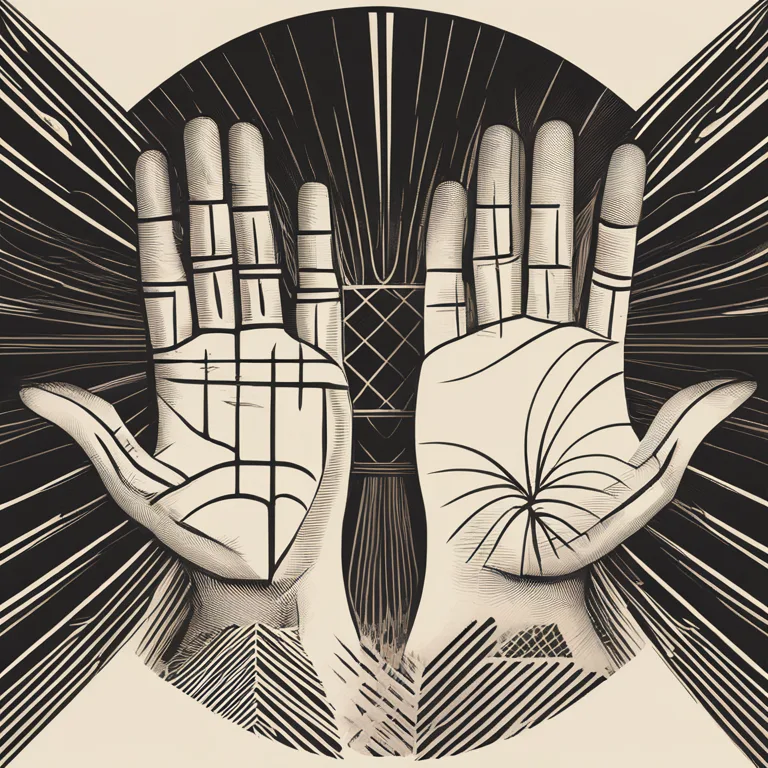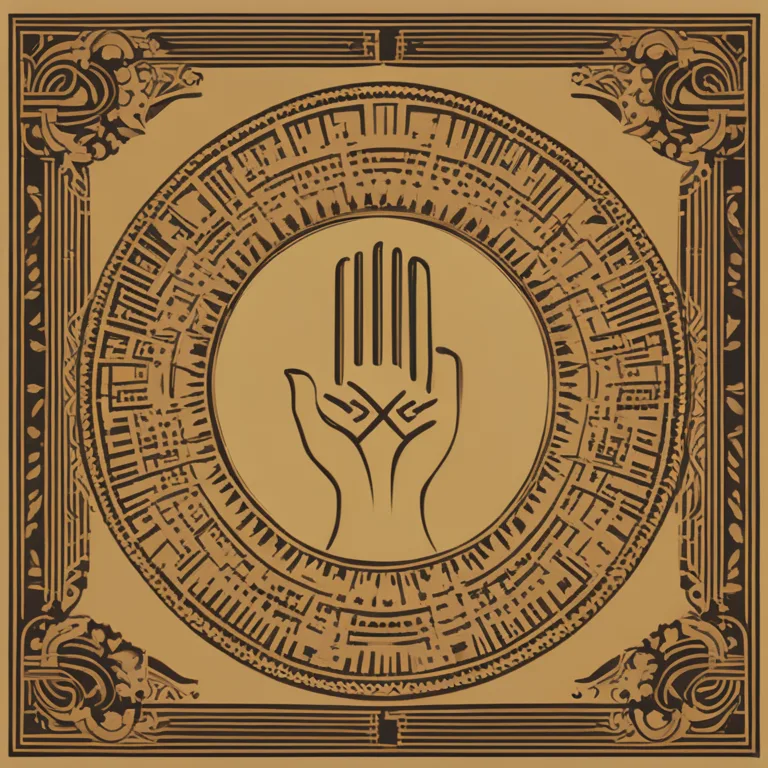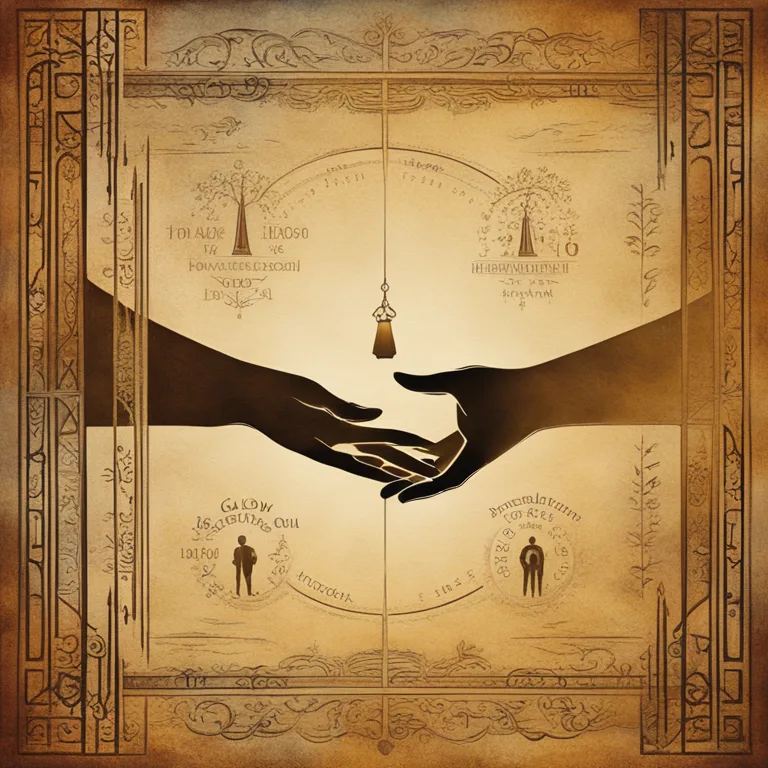
Palmistry: Which Hand Should You Read?
Learn the nuanced approach of palmistry to determine which hand offers the most insights into your life’s path and potentials.
article by Nora Pennington
Introduction to Palm Reading
Palmistry, or chiromancy, has been practiced for centuries as a method of divination and self-discovery. It involves analyzing the lines, shapes, and patterns on a person's palm to interpret their personality and predict future events. With its roots in various ancient cultures, palmistry now enjoys global interest. One common question among novices and experienced readers alike is: which hand should one read? This article sheds light on traditional practices and modern perspectives to guide you in palm reading pursuits.

Traditional Views on Palm Reading
Historically, palmists have ascribed different meanings to the left and right hands. The left hand was believed to be the one we are born with, representing natural personality traits and potential. It was often associated with the subconscious, inner self, and what was pre-destined. On the other hand, the right hand was seen as the hand of action, reflecting personal efforts, achievements, and the conscious mind. This duality offered a comprehensive view of an individual's life path.

Modern Interpretation of Hand Preferences
As palmistry has evolved, so has the understanding of which hand to read. Today, many palmists consider handedness — whether a person is right or left-handed — as the deciding factor. For the dominant hand, which is the one most used, is thought to show the life that you have made through choices and actions. Whereas, the non-dominant hand reveals predispositions, potential, and talents yet to be realized. This personalized approach takes into account the individual’s unique experiences.

Gender-Based Practices
Some schools of palmistry, specifically those rooted in Indian and Chinese traditions, have used gender as a determinant for hand-reading direction. It was once standard to read the right hand for men and the left hand for women. However, these gender-based practices are less common in contemporary palmistry, as they do not reflect the individualized nature of the discipline and evolving cultural understandings of gender.

The Holistic Approach to Palm Reading
In current practice, many palm readers take a holistic approach. Instead of strictly choosing one hand over the other, they examine both hands for a full reading. By comparing the two palms, a palmist can explore how inborn traits interact with life experiences, resulting in a more comprehensive interpretation. Changes observed in the dominant hand as opposed to the non-dominant one can offer insights into how a person has grown or deviated from their original life course.
When Specificity Matters in Hand Selection
While the holistic approach is ideal for a broad understanding, there are instances where focusing on one hand might be more appropriate. For targeted questions about potential or life purpose, the non-dominant hand might offer clearer answers. Conversely, for inquiries into recent life choices or achievements, the dominant hand can provide more relevant insights. Recognizing the context and intent of the reading allows for a tailored approach.
Empowering the Seeker in Palmistry
Ultimately, the purpose of palmistry is to empower the seeker with knowledge. Whether you are a practitioner or someone seeking guidance, remembering that the hands are merely a tool for insight is key. They represent the dynamic nature of life where free will and destiny intertwine. By learning to read both hands with attention to detail and an open mind, one can glean the deepest understanding from the art of palm reading.
Published: 1/3/2024
Modified: 1/3/2024
More predictions
Come back here soon to learn more about yourself and your future


The Mysteries of Palmistry
Delve into the ancient art of palmistry to uncover the secrets held within the lines and features of your hands.


The Secrets In Your Palm
Discover the intriguing world of palmistry and what the lines on your palm can reveal about your personality, destiny, and life path.


The Secrets Of Palmistry Revealed
Delve into the ancient art of palmistry and learn to read the stories etched in the lines of your hands.